To perform psychological diagnostics in patient consultations, you need to have the criteria for mental disorders at the front of your mind. The only thing is: what is the best way to learn a book off by heart if it was actually intended as a reference book? In the advanced seminar “Cognitive distortion in the case of selected mental disorders” – a seminar for Master’s students in the third semester at the University of Regensburg, we have tried to modernise the traditional method of writing reams of flash cards and learning them off by heart. We have created memory aids in a fun way with the help of creative visualisations.
Background
In clinical psychology, there is no way past learning the diagnostic criteria for mental disorders by rote. That probably sounds more interesting than it is. In actual fact, these criteria actually consist of long lists of symptoms and information on the duration of the appearance of these symptoms and the circumstances surrounding them. It is therefore no rare occurrence for students to question the point of the task and to compare it to learning a telephone book off by heart. Although it is usually easily possible to explain the necessity of this exercise, that does very little towards changing the unpleasant nature of the task.
Practical implementation
I had therefore set myself the goal of making the learning of the criteria as enjoyable as possible by applying creative visualisations.
To achieve this, the students were familiarised with the basic principles of effective visualisation in the first seminar session. The workshop “”visualisation beyond PowerPoint2, which is offered at the Centre for University and Academic Teaching (ZHW) at the University of Regensburg [BH1] , served as the basis here. The students were given an overview of the most important visualisation techniques, with the emphasis lying on the following points in particular:
- introducing the basic forms
- using forms that were as simple as possible
- portraying characters effectively.
In a group exercise, the students applied these techniques to portray a clinical picture and discussed the visualisation techniques used.
Subsequently, each seminar session focused on a different group of disorders. Each session began with the students dividing up into small groups and visualising the diagnostic criteria of the clinical picture assigned to them. For optimum results we used high-quality colour markers – which I had bought especially for the purpose – and large sheets of paper. After working on them, the small groups then presented their results. This approach had three big advantages:
-
1
All of the students were actively involved right from the start of the seminar – it was definitely not possible for them to lean back and have everything wash over them.
-
2
All of the students had the same information after the first third of each seminar session and therefore had the same level of knowledge. That was extremely helpful for working on the disorder further during the session.
-
3
The unusual and creative presentation of the criteria helped to draw and maintain the students’ attention to information that was actually dry.
To conclude the exercise, I introduced brief case vignettes from clinical practice as well. Then, based on the visualisations put up in the seminar room, the students assigned suspected diagnoses, gave reasons for these and then discussed them. That way, the practical benefit of the task was immediately apparent to everyone.
At the end of each session I photographed the current visualisations and uploaded them to the e-learning platform. That way, the students could use them later as a learning aid.
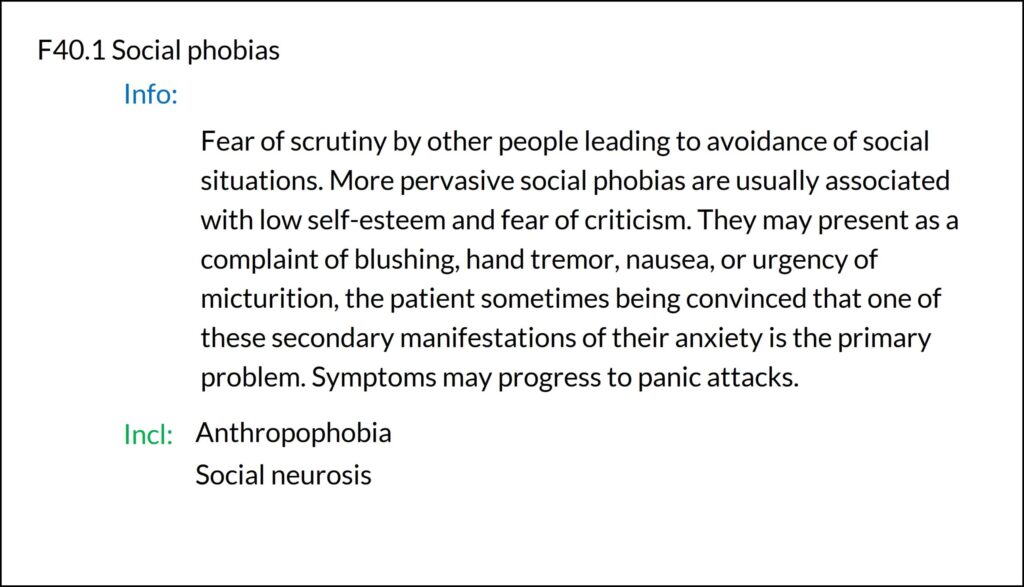
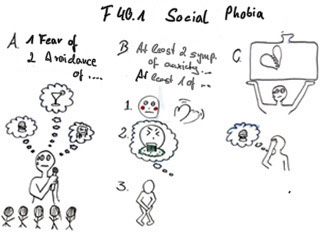
Student feedback
The students rated the visualisations in the seminar very positively. In an interim evaluation using the Teaching Analysis Poll (TAP) which was carried out alongside the seminar, the approach was mentioned as being helpful in several areas:
-
Communication and interaction with students: „Groupwork very good for ‘waking up’ and getting into the topic“
-
Boosting the students’ motivation: „Visualisation: lecturer answers questions that come up but lets you work on your own“
-
Supporting cognitive processing of the subject matter: „Visualisation and dealing with the learning content more in depth at the start of the session”
Furthermore, several students reported that they had put up the printed out pictures in their rooms as a learning aid.
Conclusion
This technique has shown itself to be very well suited to livening up dry subject matter and making it more enjoyable. At the same time, we were suddenly able to marvel at the unexpected creative talents of students who had been flying under the radar somewhat. It was also lovely to observe how the whole seminar group communicated much more due to their working together and had much more of an open exchange than is usually the case.
To start with I was worried that the students might not take the task seriously and might dismiss it as something you might do at nursery school. In fact, however, the opposite was the case: the visualisations got better and more sophisticated with every session. I would therefore advise anyone to try out visualisations in their own seminars.
What do you think? What subjects could a similar approach be applied in? Is it more suitable for humanities subjects involving a lot of rote learning or are there areas of the natural sciences and the arts where you could implement it well too? I am very much looking forward to your opinions!
Suggestion for citation of this blog post: Biehl, S.C. (2021, May 20). Dull rote learning is not the way it has to go – How visualisations can help. Lehrblick – ZHW Uni Regensburg. https://doi.org/10.5283/ZHW.20210520.EN
Our authors introduce themselves:

Stefanie Biehl EN
Dr Stefanie Biehl is an assistant professor the Department of Clinical Psychology and Psychotherapy at the University of Regensburg as well as a psychotherapist. The teaching project emerged as part of the advanced level (“Vertiefungsstufe”) of the Bavarian Universities’ Certificate of Teaching in Higher Education at the ZHW at the University of Regensburg.



















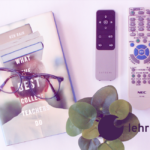










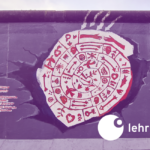









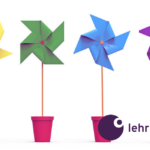






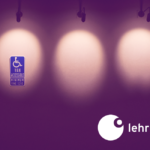


















No Comments